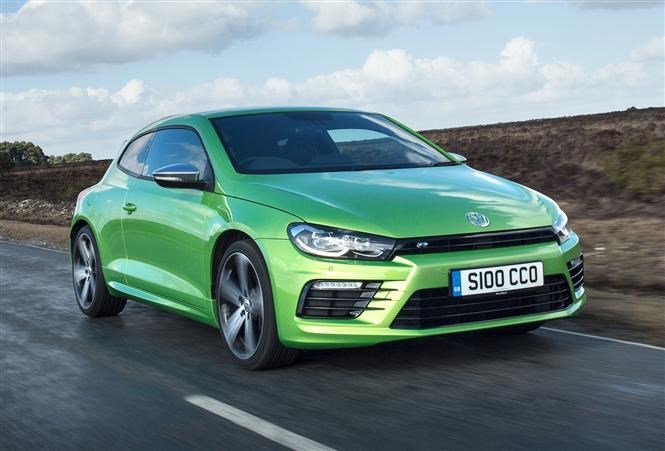It can be a hard task deciding whether a coupe is right for you. Most people can’t agree on how to pronounce it, let alone explain to you exactly what it is.
A coupe can be based on a more practical hatchback or saloon but has two doors, a sloping roofline, and restricted room in the back.
So why buy one if it means losing a pair of doors and the ability to transport four or five tall adults? We have a closer look to find out what the appeal is.
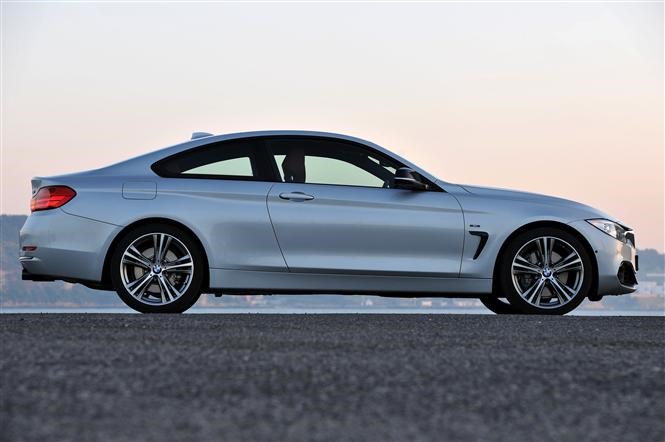
Coupe or hatchback?
As with a lot of automotive terms, the word coupe has its roots in coachbuilding. Similar to the French word for “cut”, it referred to a cut-down carriage with seating for two.
Adopted by the car world, the term has been applied to a huge number of fashion-chasing models from the Audi A5 to the Volkswagen Scirocco.
While hatchbacks usually have a flat roof and a boxy, vertical rear-end to maximise boot and rear passenger space, a coupe’s slopes downwards and tapers to a sharper point to give a more aerodynamic and flowing look.
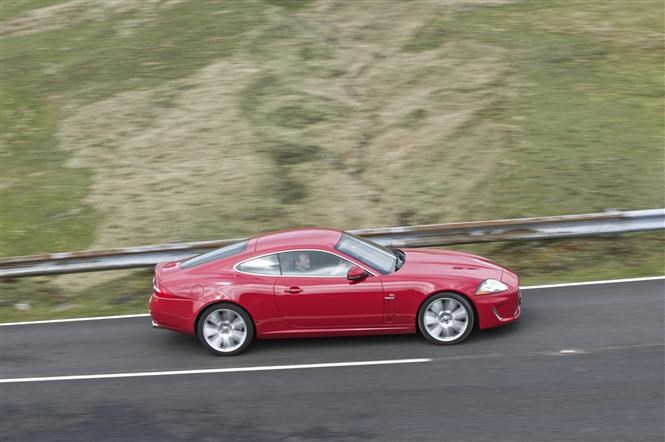
Of course this impacts heavily on the available space behind the driver, so a coupe is generally less practical than a hatchback. Plus it traditionally only has two doors, limiting access to the rear.
Because of this, a coupe is seen as a more driver-focused car, and as such they often have a firmer ride, and when compared with a similar hatchback, an engine and trim choice restricted to the sportier and more powerful options.
A five-door is a better all-rounder but if you value performance and a sleek design over practicality, a coupe could be right for you.
VW Scirocco and VW Golf
Perhaps the most obvious mainstream example of a coupe is the Volkswagen Scirocco, which is based on the Golf. There’s a big gulf between them though, most notably the fact that the current Scirocco uses the underpinnings of the fifth-generation Golf, which has been replaced twice since 2009.
Although the sixth-generation Golf wasn’t a massive change, the seventh-generation car on sale today feels significantly newer, particularly inside, than the Scirocco’s old cabin architecture.
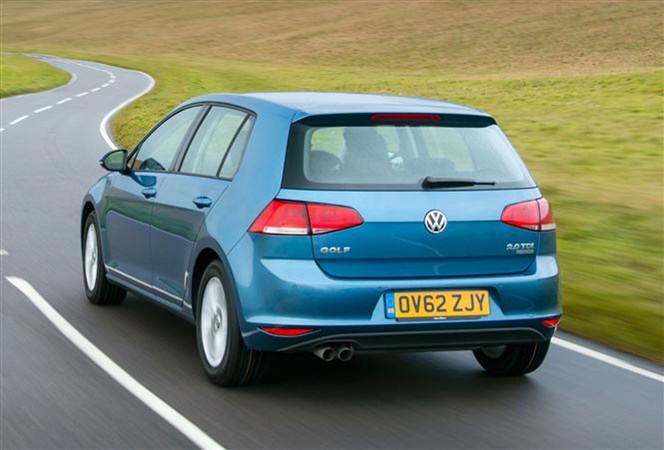
So while the coupe’s 292-litre boot isn’t that much smaller than the old hatchback on which it was based, the Golf has grown in size since then and now offers 380 litres, nearly 100 more. The Scirocco also has a high boot lip which you’ll have to haul anything heavy over.
Inside you get two sculptured rear seats compared with the Golf’s three and the headrests on sportier models almost completely obscure the already quite small rear window.
Park next to a Golf though and the Scirocco starts to claw back an advantage. While the hatchback is plain and functional, the coupe is much more exciting to look at. It has a rakish wedge-shape in profile which looks particularly good in the larger-wheeled sportier trims.
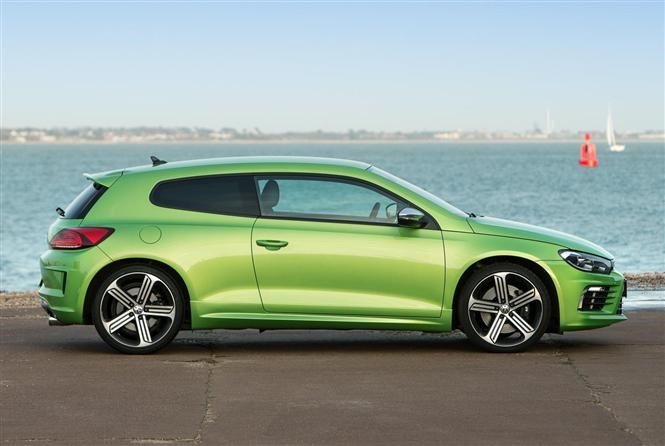
Cost wise you pay a bit of a premium for the Scirocco, with prices starting at £20,735 for a 1.4 TSI BlueMotion Tech compared with 17,595 for an admittedly slower Golf 1.2 TSI Bluemotion Tech S. Both cars share some of the larger VW engines, but only the Golf benefits from a fuel-sipping 1.6-litre diesel.
Read our full VW Golf and VW Scirocco reviews.
Hyundai i20 and Hyundai i20 Coupe
Sometimes the difference between a hatchback and coupe is a bit more subtle and that’s certainly the case with this pair from Hyundai.
In the past you could choose your hatchback in a three- or five-door layout but the i20 has separated its three-door model from the standard car by renaming it the i20 Coupe and presenting it as a sportier offering. As well as fewer doors and a sharper look there is also a restricted trim and engine choice.
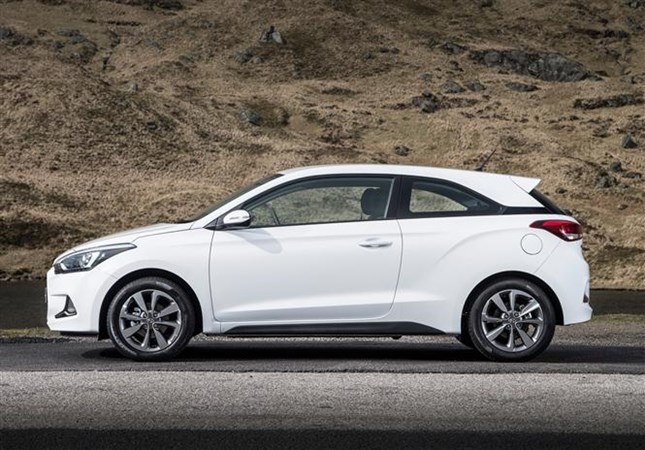
It’s a trend used by many other manufacturers, for example the SEAT Ibiza hatch and Ibiza Sport Coupe, and Renault Megane hatch and Megane Coupe.
The i20 Coupe is not available in the lower equipment grades of the standard car (you can only have it in SE and Sport) so although the i20 starts at £10,995, the coupe costs at least £13,025.
Specified with the same trim and engine though, the coupe costs the same as the standard i20.
Outside you’ll notice the performance-look front bumper with its larger grille and sharp foglight housings. The sloping roofline is emphasised by blistered rear wheel-arches and a more metallic finish to the C-pillar.
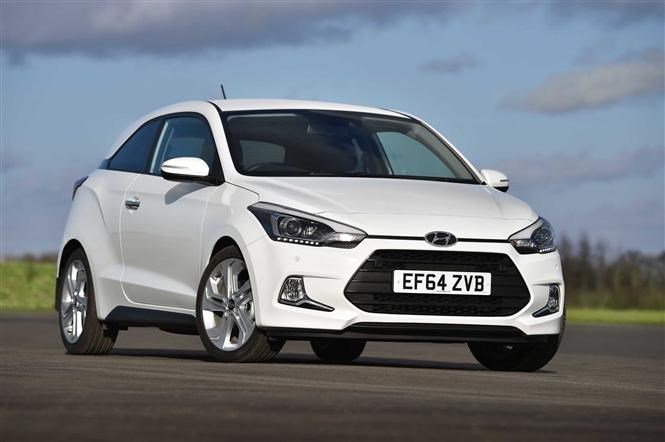
Oddly the (in theory) less practical coupe has ten extra litres of space in the boot, with 336 litres in total. There’s also plenty of room in the back despite a lower roof and the ability to seat three across the rear bench.
Read our full Hyundai i20 and i20 Coupe reviews.
BMW 3 Series and BMW 4 Series
It’s not just hatchbacks that can be turned into coupes, as BMW has demonstrated with its 3 Series saloon.
Previously you could have 3 Series saloon, estate, coupe and convertible, but as that’s a bit confusing the German manufacturer has tried to clear things up by separating the down-to-earth saloon and estate from the coupe and convertible.
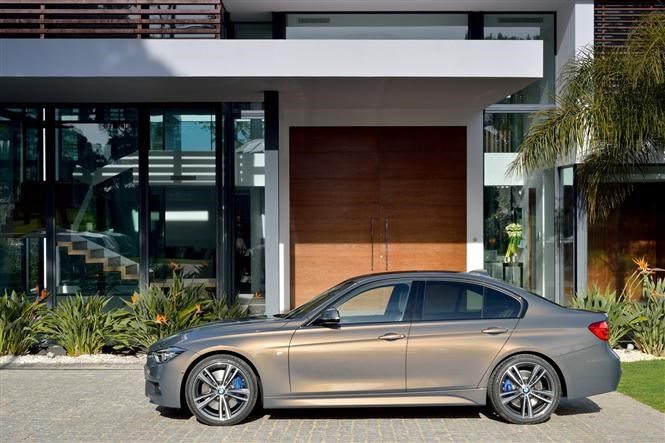
Now if you want a practical car with four or five doors, you pick the 3 Series, and if you want a slinky coupe or convertible, you pick the 4 Series.
In terms of practicality there’s not much to separate the two if you don’t plan on transporting lots of passengers. Both are roomy in the front and offer a big boot, although the 3 Series has 480 litres compared to the coupe’s 445.
The biggest difference is in the back row where the saloon offers space for three adults, whereas the coupe has two seats only. You have to squeeze past the front seats to get to them too as the 4 Series is a two-door. Once in place there’s a surprising amount of room, despite the low roof, as the 4 Series has a slightly longer wheelbase.
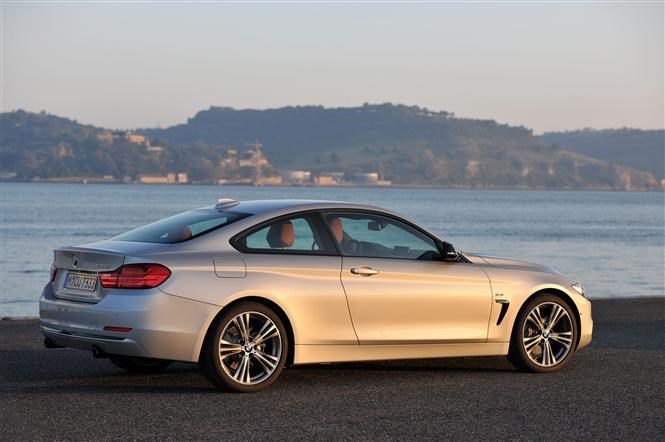
It’s the same externally too, where the two models are similar up-front but very different in profile and behind. The falling roofline and less blunt rear-end makes the coupe look lower and sleeker.
Running costs are broadly similar although the 4 Series range starts at £30,125 for a 420i SE, compared with £24,975 for a 318i SE. You also can’t have the 4 Series in frugal Efficient Dynamics trim and there’s no sub-100g/km CO2 model either, although a 420d promises a reasonable 70mpg and 106g/km.
Read our full BMW 3 Series and 4 Series reviews.
Need more help? The below articles may help you choose your next new car:
Top 10 big on space small cars
Which optional safety features are worth considering?



